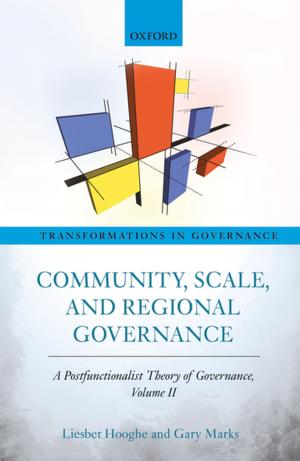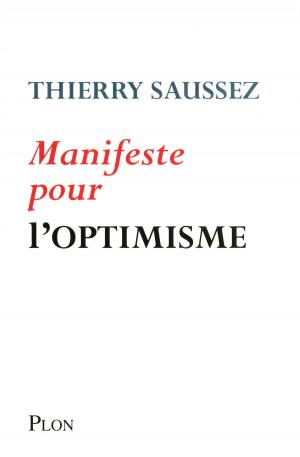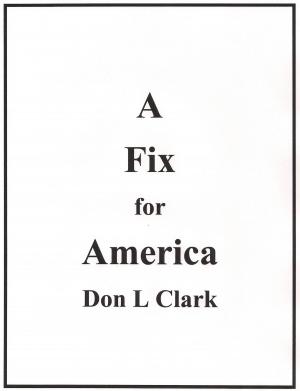Partners for a Low-Carbon Hyderabad
A stakeholder analysis with respect to “Lifestyle Dynamics and Climate Change”
Nonfiction, Social & Cultural Studies, Political Science| Author: | Fritz Reusswig, Lutz Meyer-Ohlendorf, Ulrike Anders | ISBN: | 9783867418379 |
| Publisher: | Europäischer Hochschulverlag | Publication: | January 11, 2013 |
| Imprint: | Language: | English |
| Author: | Fritz Reusswig, Lutz Meyer-Ohlendorf, Ulrike Anders |
| ISBN: | 9783867418379 |
| Publisher: | Europäischer Hochschulverlag |
| Publication: | January 11, 2013 |
| Imprint: | |
| Language: | English |
This paper analyses the structure of local, regional and national stakeholders that might be relevant for a transition of Hyderabad into a low-carbon megacity. The main angle of the stakeholder selection in this report is defined by the leading question of our research: How do (local) lifestyle dynamics contribute to climate change, and how can lifestyle changes help to reduce local emissions and the vulnerability to global climate change? Our analysis reveals that climate change actually is a medium to low attention issue for the majority of stakeholders in Hyderabad (as in India in general). At the same time, the identified minority of individual or collective actors that actually do rate climate change higher on their agendas have the potential to form a critical mass for socioecological change in the city if (1) they improve their cooperation, if (2) institutional reforms in the urban space increase their impact, and if (3) they manage to align with a still ‘silent majority’ of stakeholders that by now rate climate change to be of minor relevance. The latter point is based on another key finding of our analyses: Actors with high structural power (based either on political, economic or network power) might be turned into potential ‘allies’ of a low-carbon strategy, if (1) they can interpret adaptation and mitigation options as new opportunities in their option space, (2) climate issues are more closely linked to sustainability issues, and (3) they perceive institutional reforms and stakeholder involvement as being beneficial for their daily operations. From these insights we derive some consequences for future pilot projects and policy advice.
This paper analyses the structure of local, regional and national stakeholders that might be relevant for a transition of Hyderabad into a low-carbon megacity. The main angle of the stakeholder selection in this report is defined by the leading question of our research: How do (local) lifestyle dynamics contribute to climate change, and how can lifestyle changes help to reduce local emissions and the vulnerability to global climate change? Our analysis reveals that climate change actually is a medium to low attention issue for the majority of stakeholders in Hyderabad (as in India in general). At the same time, the identified minority of individual or collective actors that actually do rate climate change higher on their agendas have the potential to form a critical mass for socioecological change in the city if (1) they improve their cooperation, if (2) institutional reforms in the urban space increase their impact, and if (3) they manage to align with a still ‘silent majority’ of stakeholders that by now rate climate change to be of minor relevance. The latter point is based on another key finding of our analyses: Actors with high structural power (based either on political, economic or network power) might be turned into potential ‘allies’ of a low-carbon strategy, if (1) they can interpret adaptation and mitigation options as new opportunities in their option space, (2) climate issues are more closely linked to sustainability issues, and (3) they perceive institutional reforms and stakeholder involvement as being beneficial for their daily operations. From these insights we derive some consequences for future pilot projects and policy advice.















